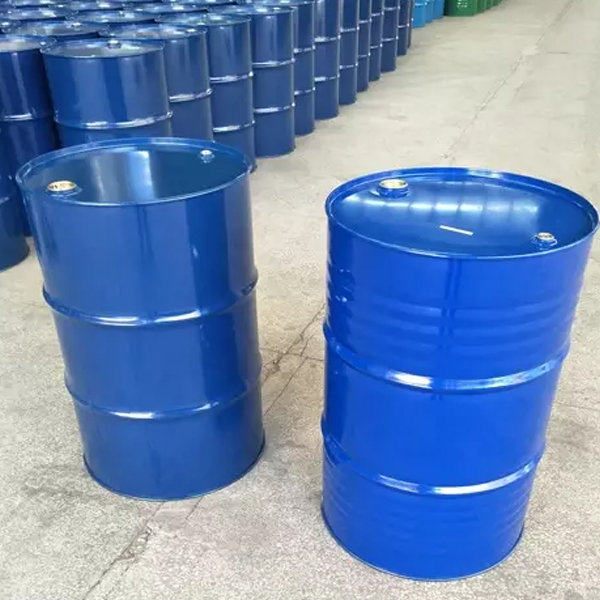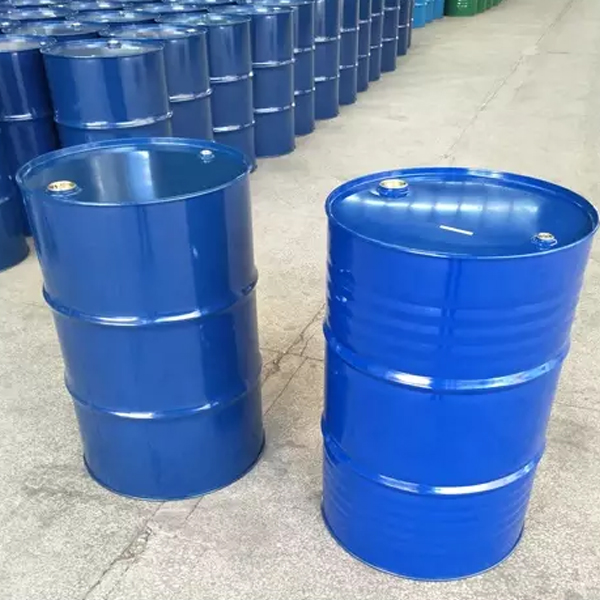Can be used alone or in combination with other catalysts.
POLYCAT58 PC58 has a low odor and a surface curing catalyst.
POLYCAT77 PC77 balanced reaction catalyst, excellent opening and surface curing effect, can enhance the resilience of molded foam.
POLYCAT92 PC92 special serotonin, which prolongs milk white and reduces sponge rupture loss, is suitable for low to high density formulas, especially suitable for slow rebound.
Product Number Company Product Number Product Introduction for Other Countries
C-225 C-225 delayed hair blowing and cross-linking balance, improving fluidity.
PC CAT DBU DBU 1,8 diazabicyclo [5,4,0] undecen-7, strong gel catalyst.
SMP SMP composite tertiary amine, increase the hardness of foam
AS-33 AS-33 modified triethylenediamine, delayed catalyst, molded, box, soft foam
PCCAT NP15 Np15 bis – (3-dimethylaminopropyl) amino-2-propanolamine, low odor, high rebound
DMBA Dimethylbenzylamine
ZF-1 low atomization, foaming catalyst, can replace A-1
TMEDA Tetramethylethylenediamine Assisted Catalyst
TMPTA Tetramethylpropanediamine Assisted Catalyst
L-33 low atomization, gel type catalyst, performance can replace A-33
NMM N-methylmorpholine, polyurethane fast foam, open cell
DMP 1,4-dimethylpiperazine, self skinning
Metal catalysts
DABCO K-15 K-15 70% potassium octanoate in diethylene glycol solution, standard PIR catalyst.
DABCO T9 T9 100% stannous octanoate, an industrial standard tin catalyst.
DABCO T12 T12 Dibutyltin dilaurate, suitable for coatings or PU resins.
The DABCO 120 120 tetravalent tin catalyst reacts faster and more stably than T-12.
Related reading recommendations:



